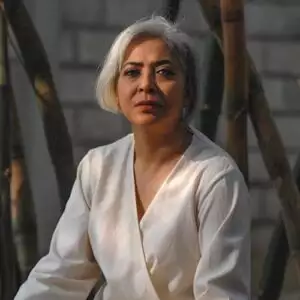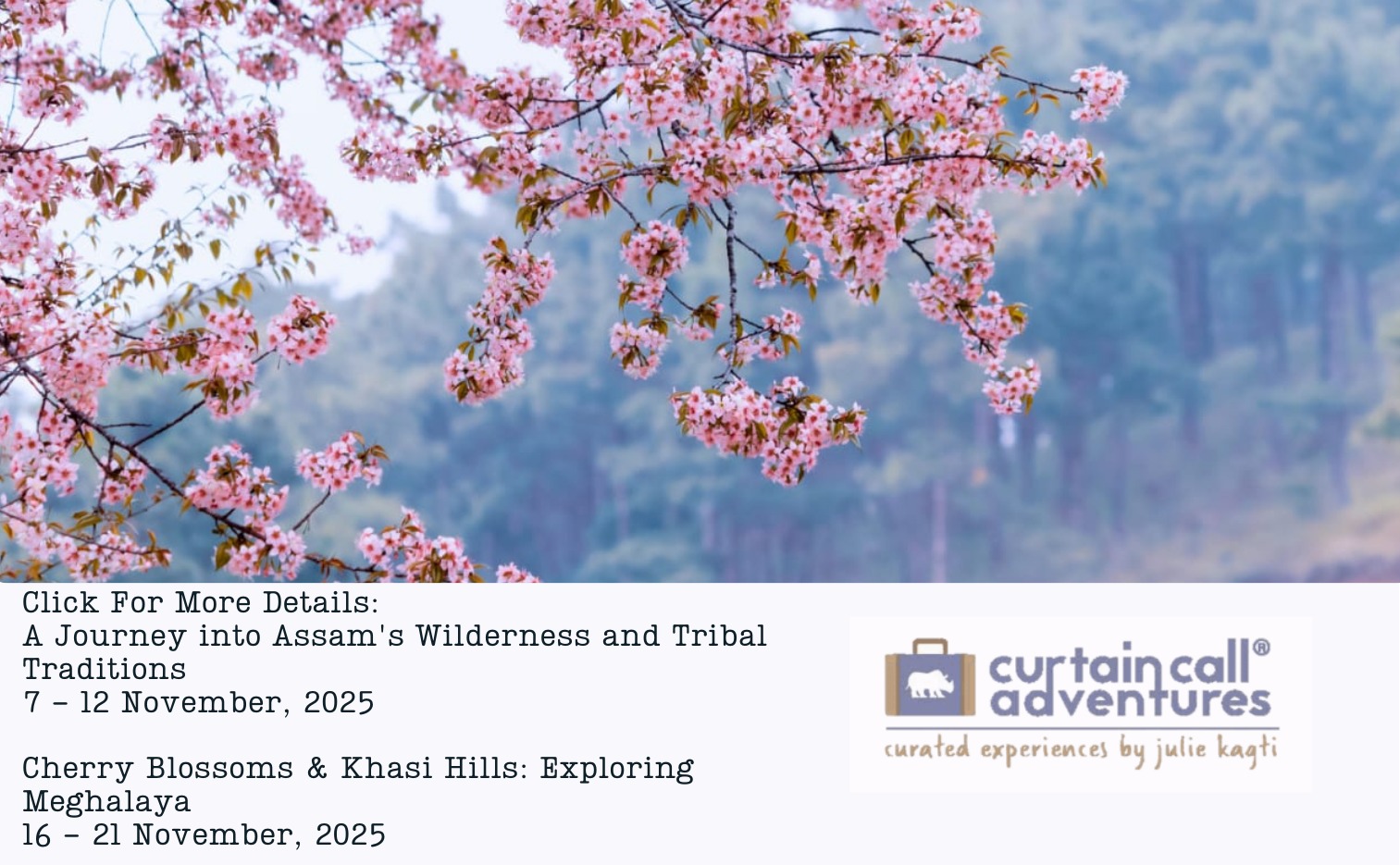My first memory of Cherrapunjee is green forests sloping down to a river, below which, to my young imagination, seemed like a long thin shiny snake curving and dividing the terrain. Tufts of clouds floated up from the plains way below and I still remember thinking, looking down at them – ‘I must be in a very special place way way up high”. All this I observed from sitting behind my father as he drove an old Willy’s jeep from my grandmother’s house at Laitumkhrah, Shillong to Cherrapunjee for a picnic lunch.
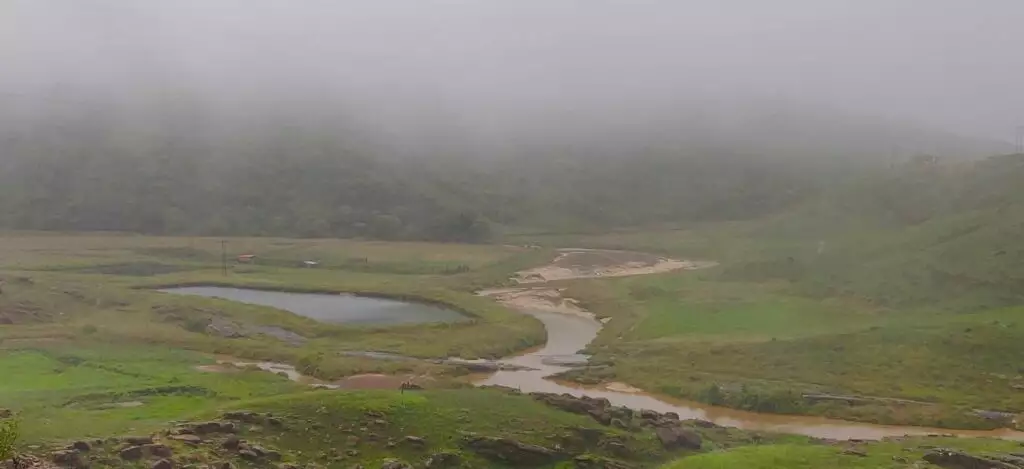
Over the years and many impressions later it still feels like I have stepped into a fantasy park maintained by nature herself…. the wind dictates where the trees will grow. Pine forests give way to tropical vegetation with an odd rhododendron spotted in between. Varieties of colourful mushrooms, ferns and orchids in the forest compete with cultivated patches of pineapple and broom grass, Thysanolaena maxima. The rolling hills covered with short grass, rocks and moss surrounded by a thin layer of fog in the early morning transports one to a setting in a Sherlock Holmes story, solitary or with company. If like me you consider walking a good form of exercise with unhurried stops to take pictures, just ask the locals for a few pointers and set out. Remember to carry your Umbrella or rain coat along.
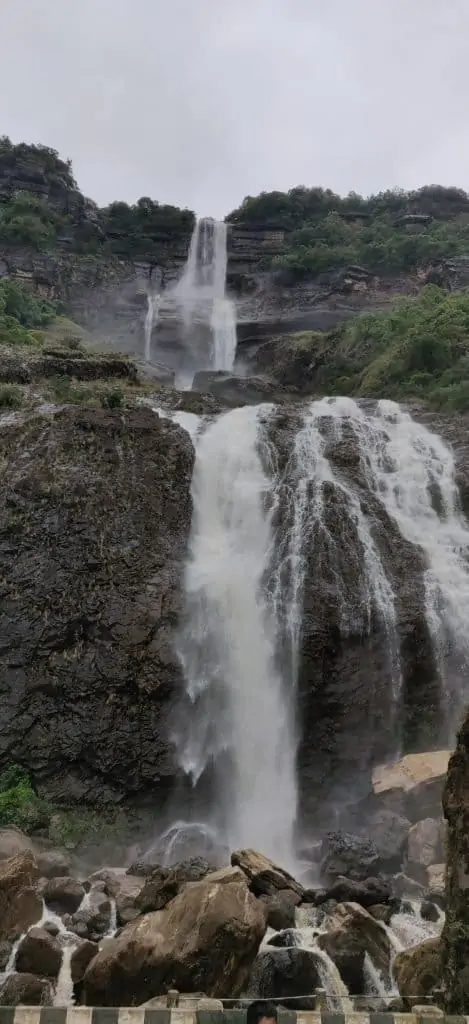
The hills direct the rain fed waterfalls that seem to spray from heaven above to deep blue pools below surrounded by glittering rocks set deep among the green foliage. Oh! the sound of the water as it crosses streams, little rivets and finally plunges to the ground. The tallest plunge falls in India, Nonkalikai located here is a sheer drop of 340 meters. When you stand awestruck on the bridge in front of Dainthelen falls and feel the fresh mist spray on you and watch the water roll over the rocks to the plains of Bangladesh way way below, you do feel that nature has put on a show for you.
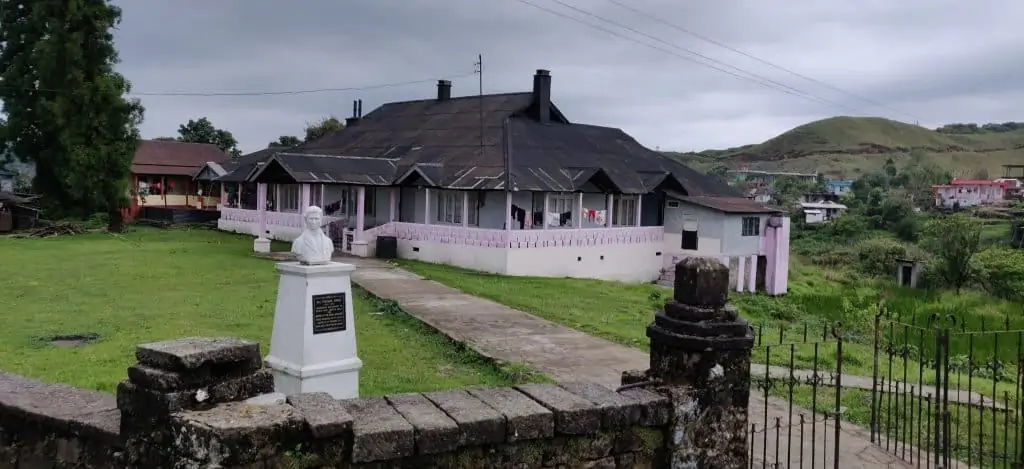
A lot of people visit Sohra, the original Khasi name and now the official one, to trek to the double decker bridge. In fact, a lot of people believe that it is the only living root bridge. The Cliffs of the Khasi hills situated in the southern region have numerous little streams gushing down the hillsides that were a hindrance for the locals living in the region. As a solution they started taking the aerial roots of the Indian rubber fig trees that grow here and twisting or tying them to form bridges. As long as the main tree remains healthy, the roots too grow and hence strengthen the bridge and the life span of these bridges is well over a 100 years. Some of these bridges are easy walks and others require a trek but are definitely worth visiting. My favourites are the ones that are quite off the beaten path, where you walk through a lush tropical forest, admiring the flora and listening to the sounds of the forest. Quite meditative and suddenly you come across one. Recently someone described it very accurately – “Straight into a fairy-tale”.
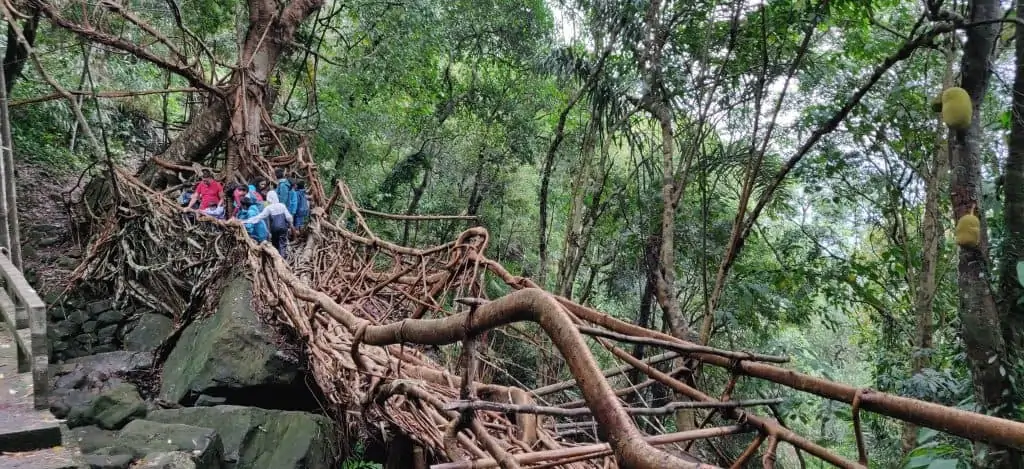
Drives around Cherrapunjee are a visual treat as you go along windy hillsides and each turn brings with it picture postcard views. To go miles with just unadulterated greenery, without a town or satellite tower or any construction in sight is glorious in itself. Below the plains of Bangladesh appear as a network of water bodies glimmering and at sunset the golden hue makes it even more special.
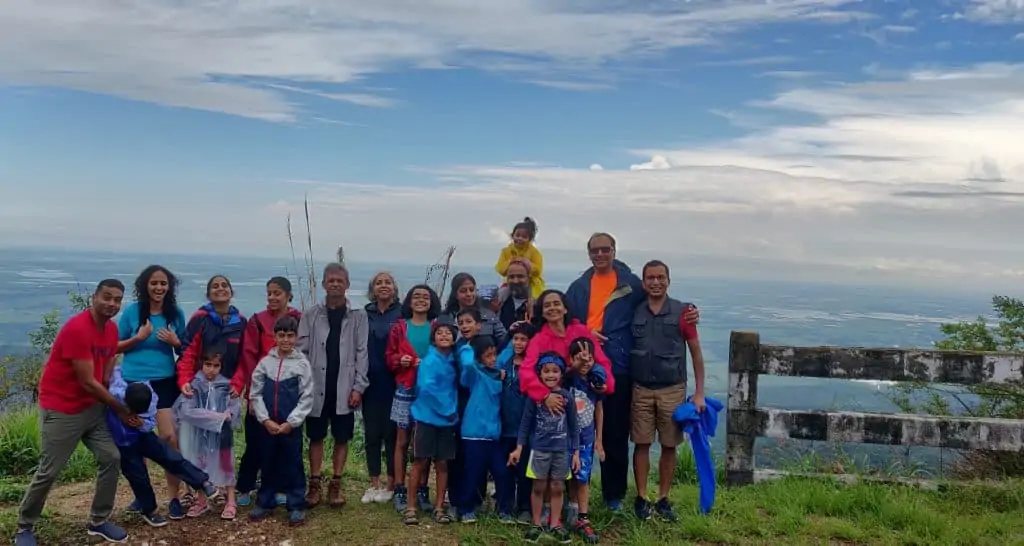
The local people are polite, by and large and like to be left alone. Though as tourism is growing more roadside shops, restaurants and different trekking routes are being developed by them. The region is under developed as there are no major industries or trade and agriculture is so seasonal. Cultivating Broom grass and making local hand made natural brooms and exporting the raw material is done at a large scale in the region.
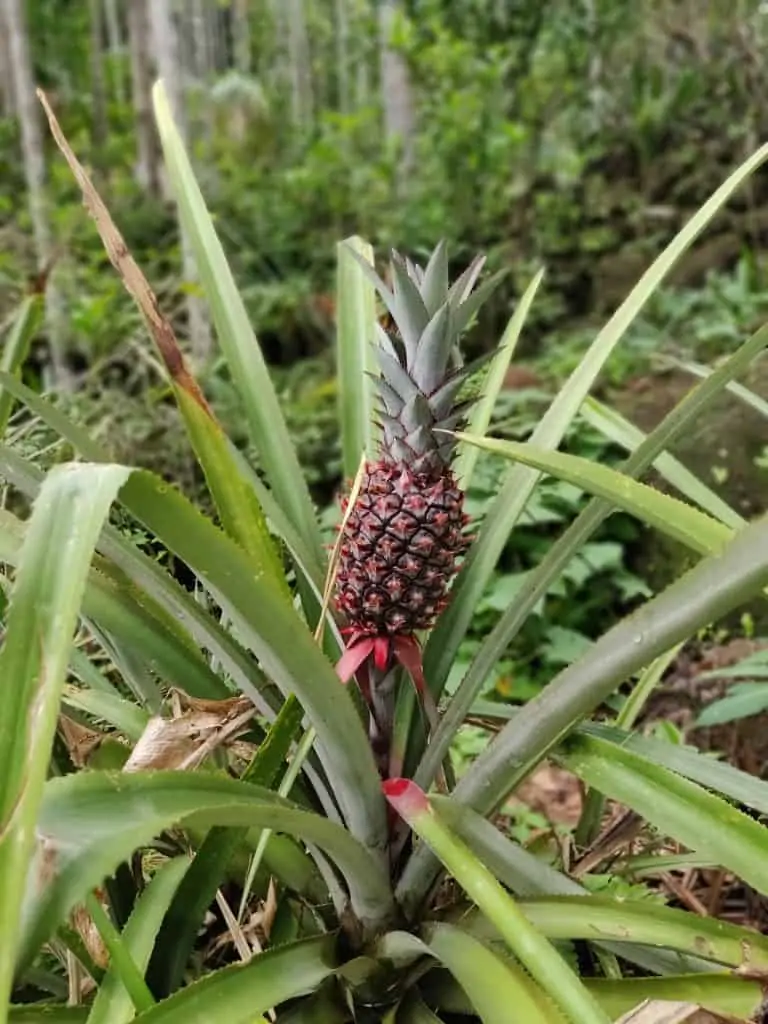
The local cuisine is a highlight of our tour there mainly for the non vegetarians. Jadoh a type of pulao made using meat and rice, the different varieties of beef, pork and chicken dishes cooked with sesame, traditional spices or smoked is delicious. The dry fish chutneys, the tree tomato chutneys and local salads using wild herbs go very well with rice. The options without meat exist but are limited. A lot of fresh organically grown local vegetables are available and simple stir fries or curries are offered in all the eateries. The rice grown in the region is a short grained one and they make a delicious dal.
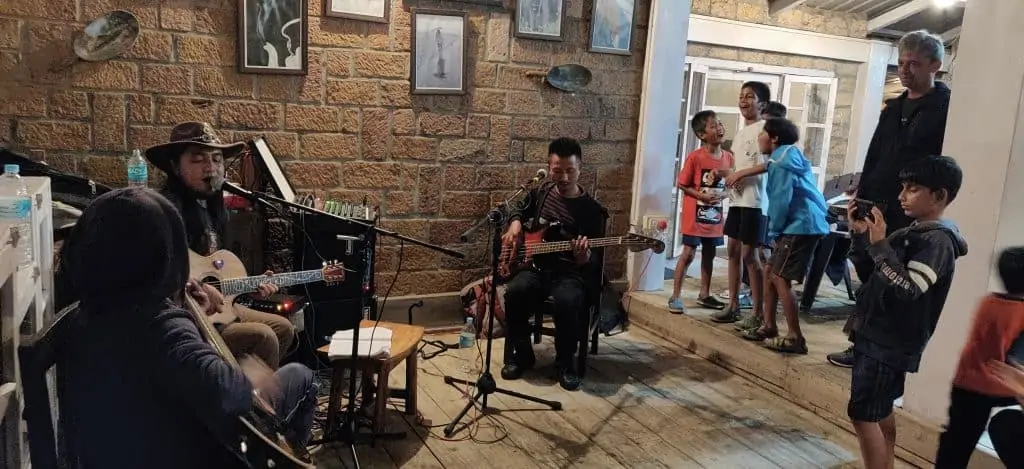
Among the youth western music is very popular and quite a few are a part of some band or the other. They are quite good and I always include a performance in my itinerary there. In the evening sit by a fireplace and have a small live band play all your favourite songs from an era gone by. Now that my kids are at that age where they appreciate music and have their own list of requests it is indeed very pleasurable.
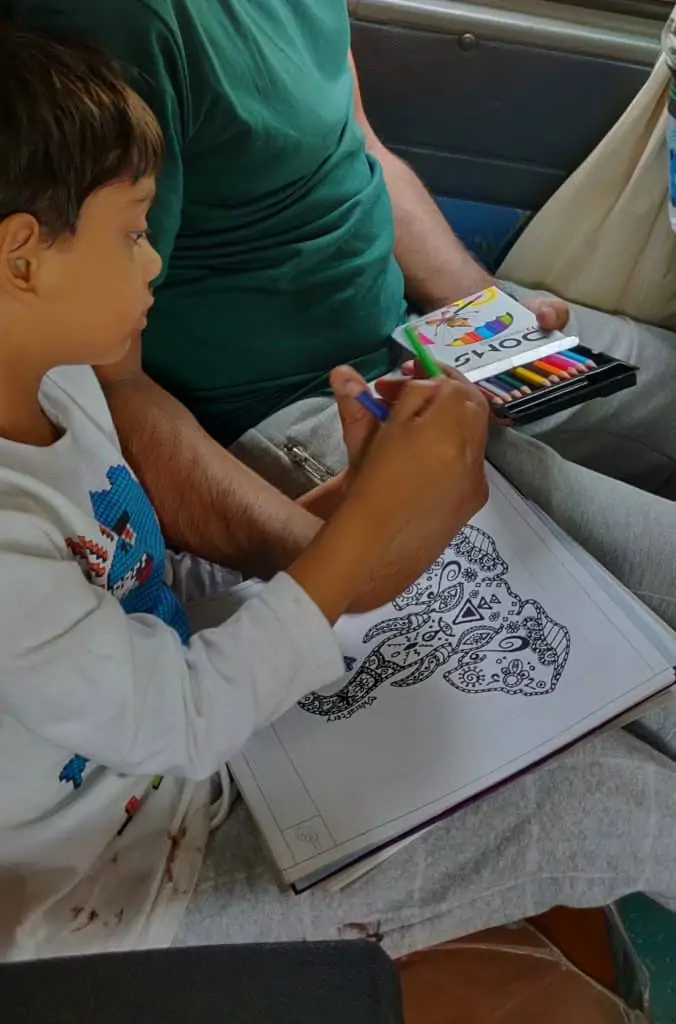
Best time to visit is mid April to mid May when a few showers have taken place and the streams are full and the waterfalls are gushing. The monsoon hasn’t set in yet so it isn’t raining all the time and you can plan walks, explore caves and enjoy this slice of paradise.

